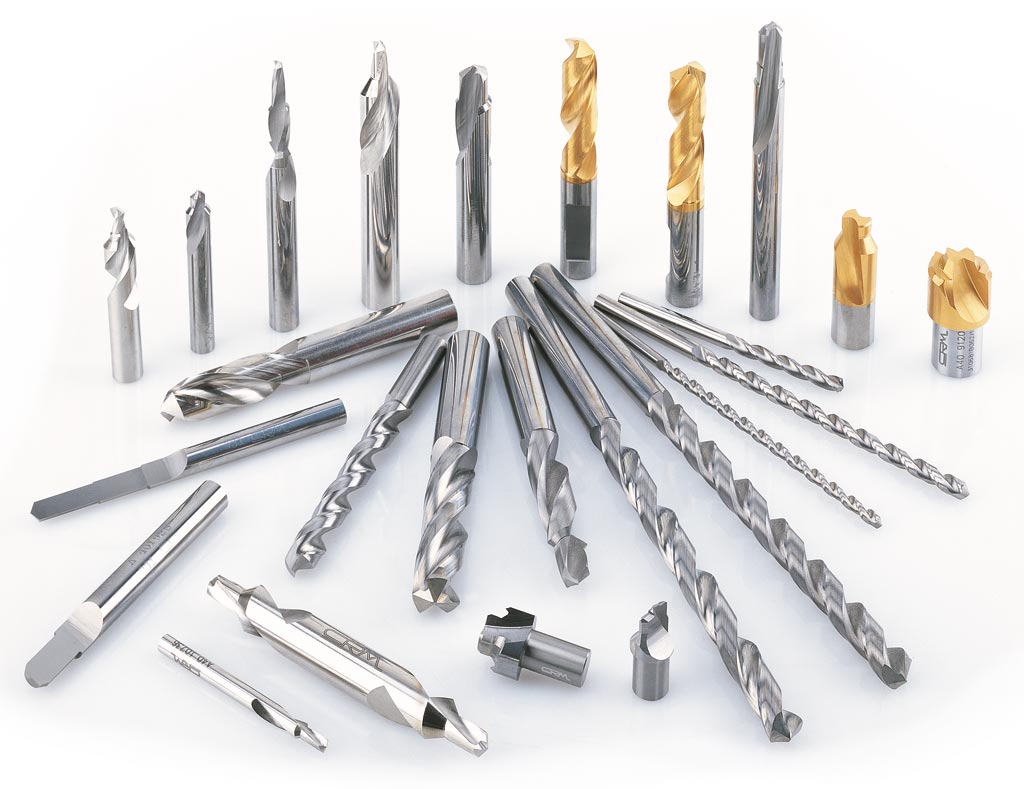Choosing The Right Carbide Tool: A Comprehensive Buying Guide

Have you ever found yourself tottering in a virtual or physical aisle, confronted by a vast array of carbide tools without a clue as to which one is suitably tailored for your project needs? Are you curious about the unique properties, advantages, and possible inconveniences of these integral companions to craftsmanship? If you've said a resounding yes to these questions, then you're right where you should be - you're with me, Lucy Feagins from The Design Files.
In the following, we'll unravel the mysteries enveloping the realm of carbide tools, those shiny, exceedingly durable marvels of architecture and home improvement that transform hunks of material into pieces of art. Whether you're a hobbyist or a professional, this comprehensive guide will usher you through the key considerations for choosing the right carbide tool for your nifty projects.
Understanding Carbide Tools: The Basics
So, why all the fuss about carbide tools? Well, from home improvement enthusiasts to established manufacturers, their unparalleled performance and durability have made them a must-have. High-speed steel may have reigned supreme in the past, but the high-speed machining world has been a trusted territory of carbide tools in recent years.
First, let's demystify what a carbide tool is. Carbide tools consist of a unique blend of carbide - a compound of carbon- and a binder metal. This combination results in a material that boasts extraordinary hardness, heat resistance and durability. Thus, carbide tools are ideal for heavy-duty applications and jobs requiring precision.
Yet not all carbide tools are created equal. The physical properties can hugely vary based on the type and ratio of carbide and binder metal used in their composition. This fascinating versatility makes it crucial to understand your unique project needs before making an investment.
How To Choose the Right Carbide Tool: Key Considerations
Choosing the right carbide tool can be a game-changing decision—too significant to be an afterthought. Your choice will influence the quality of your work, the longevity of the tool, and ultimately, the cost-effectiveness of your project.
One of the primary considerations is the type of material you intend to work on. For example, if you are working with stainless steel or aluminium, you might need carbide tools with higher tensile strength. Moreover, the hardness and abrasiveness of the material should also dictate your choice.
The machine tooling speed you’d be working with is another factor. Carbide tools can maintain their cutting-edge at higher temperatures, which means they are perfect for high-speed machining. However, if your work calls for slower speeds, high-speed steel tools might be a more cost-effective choice.
Pros And Cons of Carbide Tools
But as the old saying goes, there's no such thing as a free lunch. Despite the remarkable hardness, versatility, and heat resistance of carbide tools, they do have some downsides that are worth noting before committing.
The hard-won benefits of carbide tools come with a higher price tag. However, the longevity and performance of these tools often justify their higher initial cost over time. Also, although carbide is extraordinarily hard, it can be brittle; hence, it might not be the best fit for heavy interrupted cuts. A judicious balance between the pros and cons of carbide tools can lead to a more informed purchase decision.
Looking Ahead: The Future of Carbide Tools
The use of carbide tools is unlikely to wane anytime soon. With increasing advancements in machining and manufacturing technologies, we can expect to see a rise in the use of nano-crystalline carbide and other new-age materials. As a result, carbide tools of the future will likely be harder, more durable, and capable of tackling a wider range of applications.
Nurturing Your Carbide Tools: Maintenance Matters
Regular maintenance and appropriate usage can significantly enhance the lifespan of carbide tools. These include regular cleaning, safe storage, and proper handling. The frequency and method of sharpening your carbide tools also impact their longevity and performance drastically.
Conclusion
Embarking on the journey to find the perfect carbide tool doesn’t need to be intimidating. Whether you're a seasoned crafter or a neophyte, the world of architecture and home improvement demands a discerning eye. With this comprehensive buying guide in your toolbox, you can confidently navigate the expansive array of options and find the carbide tool that caters to your very unique needs. Cheers to making informed decisions and cultivating a beautiful relationship with your workbench.



0 comments
Note: only a member of this blog may post a comment.